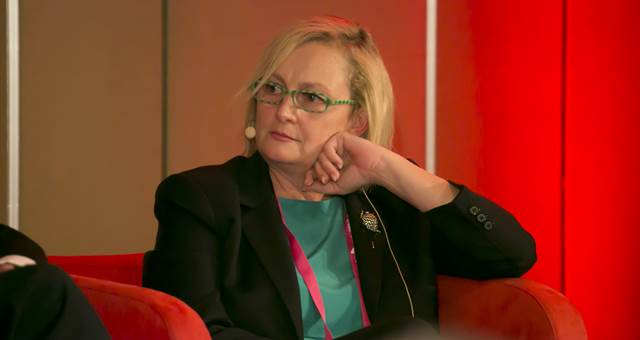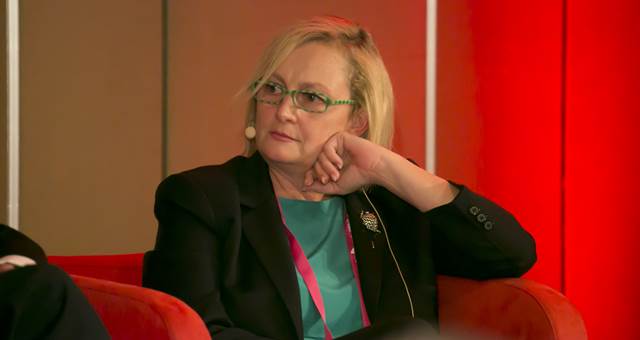

Yesterday’s Mumbrella Travel Summit featured presentations from leading travel brands including Flight Centre, Contiki, Trafalgar, Urban Adventures, Helloworld, Accor and Tourism Australia, among others.
Here are six things they talked about that you need to know.
1. Tourism Australia is only funding activity that drives inbound tourism
The days of Tourism Australia supporting domestic tourism is over. Their mandate is now to exclusively drive inbound travel, not interstate/domestic travel within the Australian market. Beyond the recent food and wine push, conveyed by the launch of the Restaurant Australia campaign, Tourism Australia will be focusing on aquatic and coastal, indigenous and luxury experiences to attract international visitors.
2. Content marketing and native advertising is the most effective way to market your message
The key message yesterday is that ‘content is king’. Yes, we’ve heard that before but what does it mean? In summary, you need to marry up tailored content with the right distribution channel. For example, if you are selling a travel experience – say, river cruising – you may want to invite traditional media to experience your cruise, as well as bloggers and Instagrammers, to create both traditional and social content. Then you may want to make a video featuring real guests on the cruise describing their experience that you can use to promote the cruise to your travel agent network, as well as a consumer-facing audience on YouTube, on your own website or on television. The list goes on. Content needs to be personalised, tailored for the channel and emotive.
3. You need to disclose if you are running content marketing
If you are paying a blogger to write about your product, or notoriously in the case of the Royal Caribbean cruise with Tom, Rach and Rosso go cruising television program, you need to advise the audience that it’s a paid promotional partnership.
4. Demographics are dead. You need to target people interested in a style of travel; not by their age, income or gender
Forget about targeting for age, income, education and location. In fact, forget everything you thought you knew about demographic targeting and start targeting psychographically or using what Kim Portrate CMO Helloworld calls ‘propensity modelling’. This means targeting people who are interested in bus tours around Europe, or business travel to Singapore, or incentive travel to Africa, rather than targeting males aged 40 – 55 who earn over $150K and work in white collar professions. Because of the reach of the internet, the old way of connecting with (potential) customers doesn’t work any more.
5. Cruising is about to look very different
Say goodbye to the buffets and ‘newly weds and nearly deads’. As Australia’s fastest growing travel sector, the cruising market is under a lot of pressure to evolve their offering for a broader market. Director of marketing for Carnival Australia Simon Cheng said that product innovations like the Melbourne Cup and Australian Open cruises, as well as Cruises to Nowhere, are growth sectors. He also said that Carnival is going to ‘ban the buffet’ and evolve their all-you-can dining experiences to something that is less likely to result in lamb chops sitting on a plate next to sashimi.
6. Google is about to stop searching sites that are not mobile friendly
If your website is not mobile-friendly, your organic Google search ranking is about to drop dramatically. Beyond this alarming fact, the move towards consumers researching, seeking advice and booking travel from mobile devices has boomed. If your site isn’t mobile responsive, now is the time to invest.

